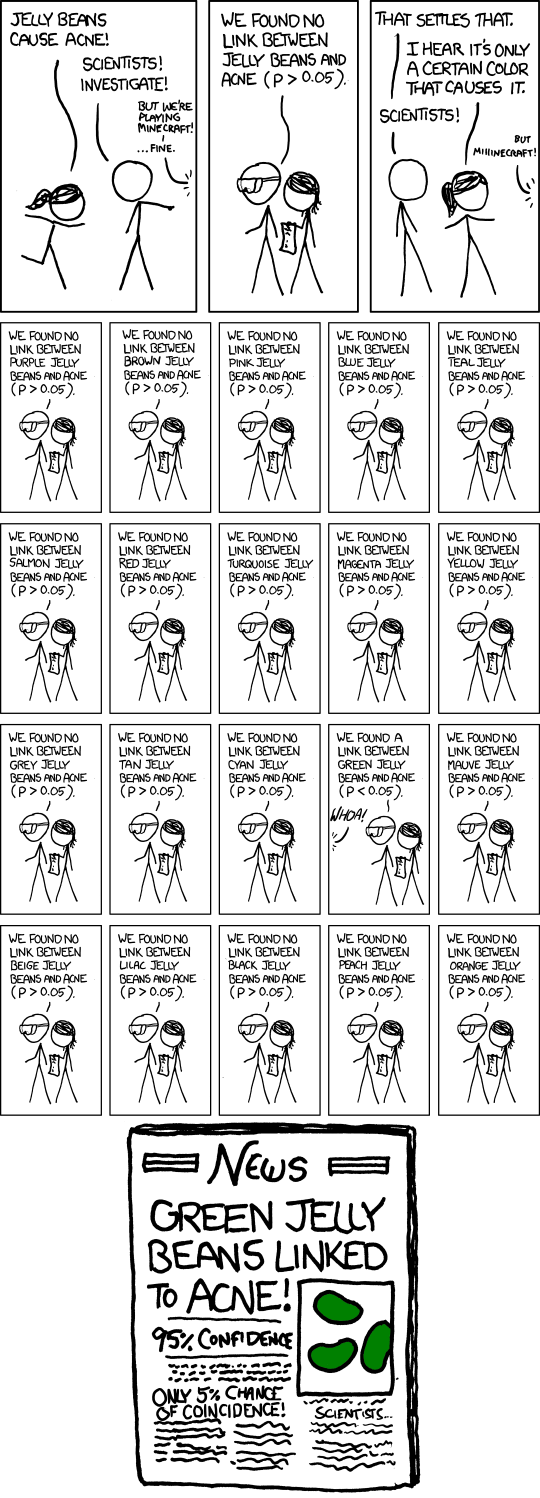ApostateAbe
Veteran Member
- Joined
- Sep 19, 2002
- Messages
- 1,299
- Location
- Colorado, USA
- Basic Beliefs
- Infotheist. I believe the gods to be mere information.
Yeah, when the tumors are discussed in the abstract, body and conclusions of the report, featuring pictures of rats with big ugly tumors, it is easy to get the wrong idea that it was a cancer study. But, it wasn't a cancer study, because cancer was not predicted, only observed. It was only the main selling point of the study.The way the system works presently is this. The FDA assumes that GMO foods are sustantially equivalent to the foods they modify. This being the case they just ask Monsanto (or whoever) to do their own study and if they can get the result they want then the FDA ok's the food.OK, correct me. It wasn't a cancer study. So what was it? A tumor study? A throw-shit-against-the-wall-and-see-what-sticks study? A milk-the-anti-GMO-activists-for-money study?Except why didn't you do the most basic research on the topic before posting? Why are you thinking it was a cancer study?Nope, no questions!
As Monsanto is making a lot amount of money out of this, it's reasonable to ask whether their results should be checked out. So Seralini's team did the original toxicity study again, but they did it for 2 years. This made it the first long term study of this kind.
So to answer your question. it was a toxicity study.
Now naturally when they noticed more tumors and larger tumors in the group fed the GM corn they said that another long term study, this time a cancer study, was in order.
So, it was you who were misled. You were misled into thinking they did a cancer study.



